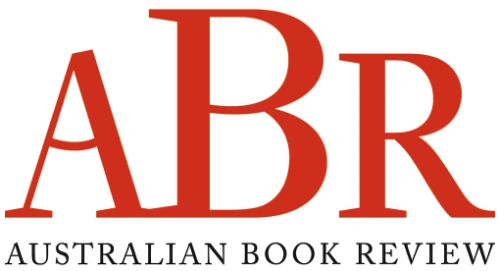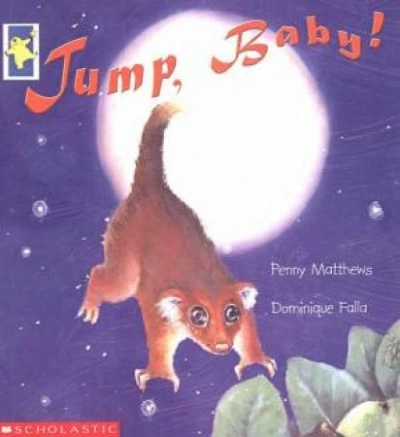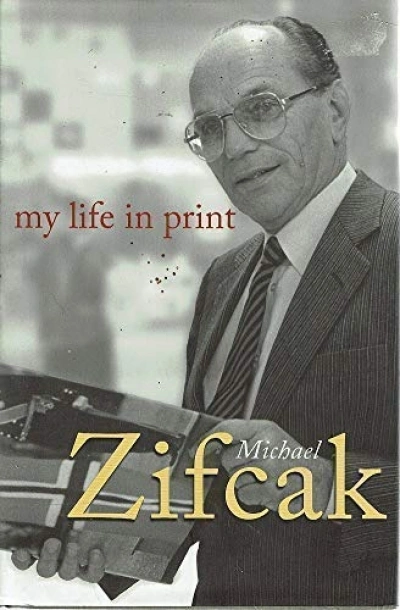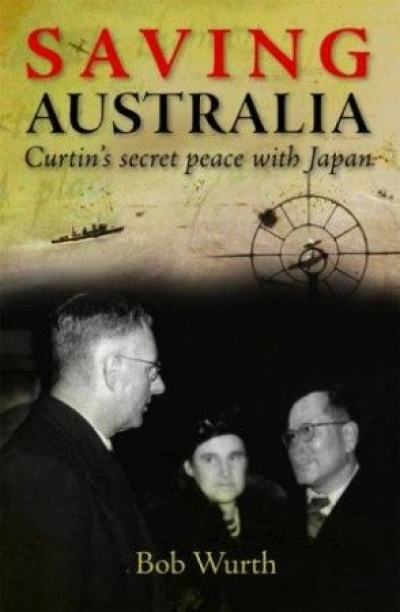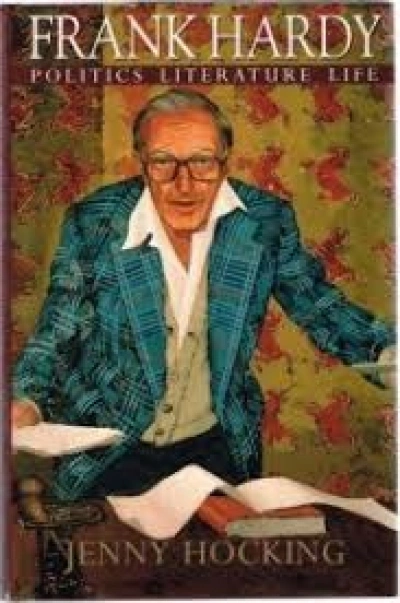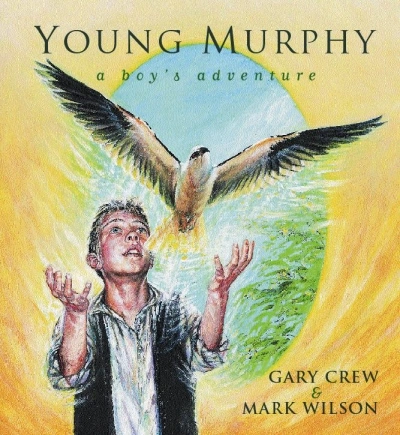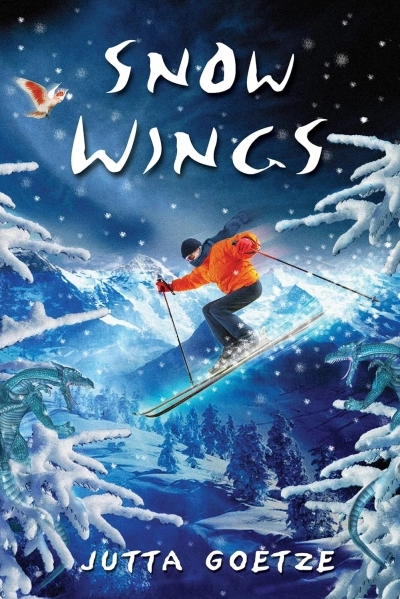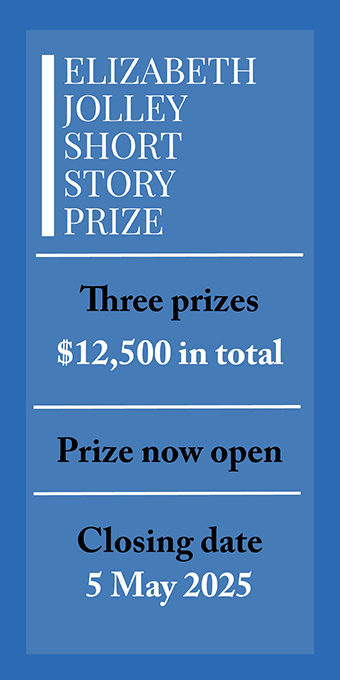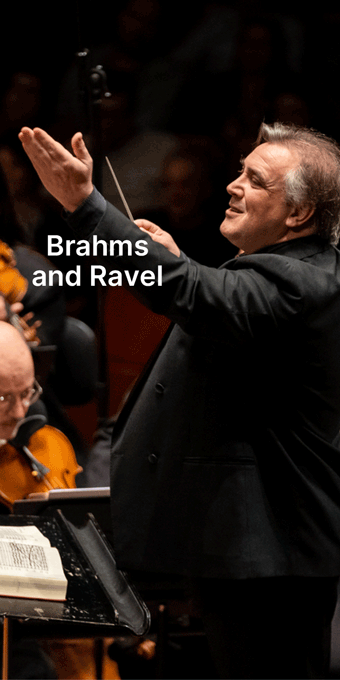Lothian
Making sense of the randomness of human existence, stories present an adult perspective as to how best we can conduct ourselves. Nearly all children’s books carry the message that society must be accommodated and that there is a way of behaving that will allow that to happen. These seven picture books tell a story and supply visual images to reinforce the telling. (Bruce Whatley’s is slightly different, a lesson in natural history that follows a successful hatchling to its adult destination.) In four of them, the pictures are expressionistic revelations of the emotions informing the text. The other three present a more complex visual vocabulary, from the dark painterly scenes of Whatley’s Galapagos to the stark childish representations of the two Dreaming narratives.
... (read more)Jump, Baby! by Penny Matthews, illustrated by Dominique Falla & Baby Bear Goes to the Park by Lorette Broekstra
Blyton got rid of them, Dahl demonised or mocked them but adults are definitely central in the lives of young people in this recent trio of books for the emerging to the retiring adolescent.
The Keeper (Lothian, $12.95 pb, 160 pp) is aimed at the younger end of adolescence, perhaps written with the view that such readers will be willing to suspend disbelief as they will need to in this romantic story of a troubled young boy’s search for a father. Joel is twelve and lives with his grandmother on the Yorke Peninsula, and fishing is his love but fighting his tormentor, Shawn at school, and generally being disruptive, takes up much of his time. However, from the outset we are alerted to Joel’s essential goodness when he defends the meek Mei who will not fight back.
... (read more)Rules of Summer by Shaun Tan & Kissed by the Moon by Alison Lester
Saving Australia: Curtin’s secret peace with Japan by Bob Wurth
Here are five reasons why there is a literacy crisis in Australia. It is not about teacher-training; it’s about appallingly conservative publishing choices and the positioning of ‘reading’ as something that needs to be slipped under the radar of children’s attention, rather than celebrating it as one of life’s biggest adventures. What these novels share is a commitment to sport as a structuring narrative principle. Australian Rules, rugby union, netball, athletics, soccer: the sports and titles change, but the overall arc remains the same. In this respect, these books feel market-driven: generic responses to some global marketing division called ‘encouraging reluctant readers’. While this enterprise is not unworthy, the assumption that children who are not reading will be automatically attracted to novels about organised sport seems dubious.
... (read more)